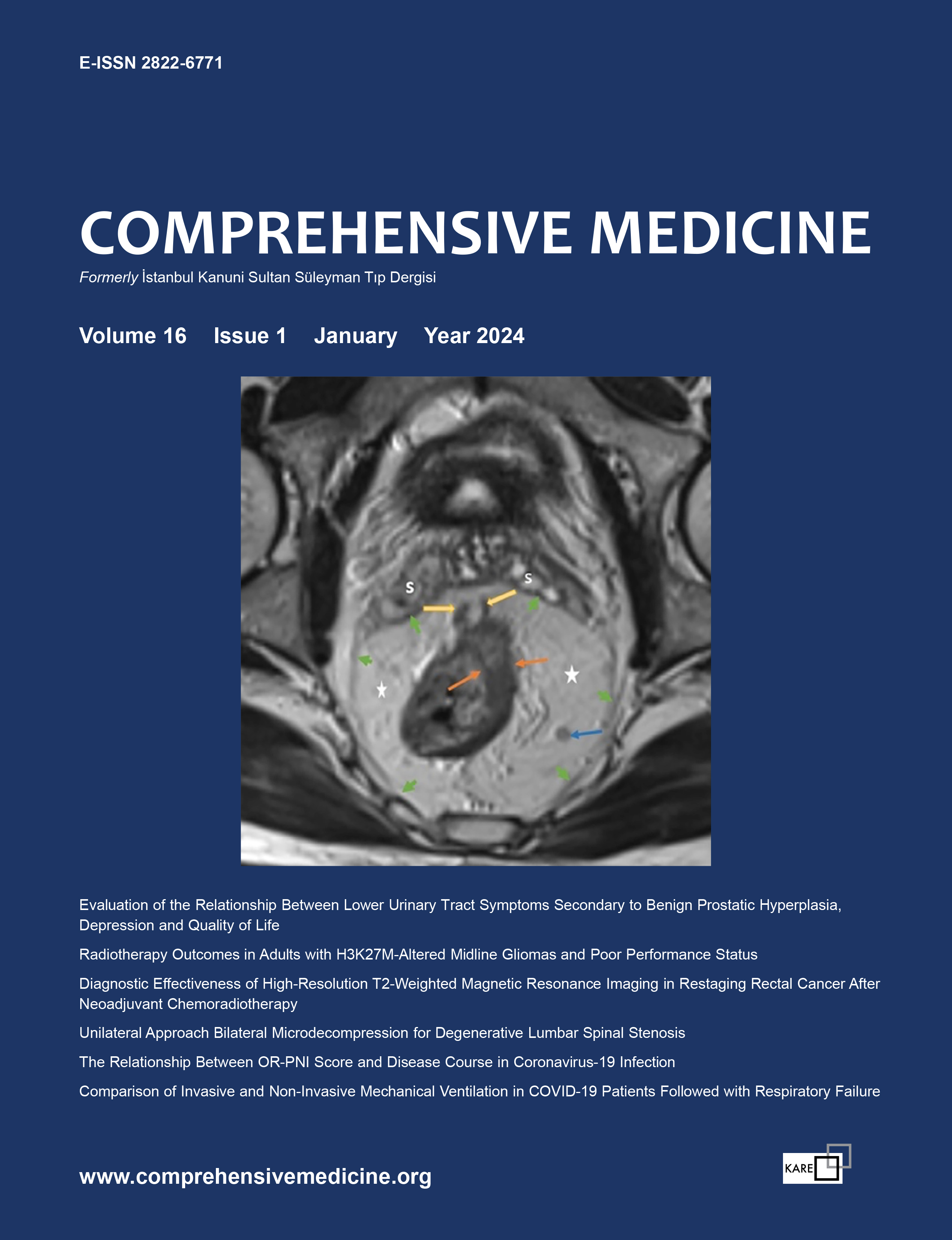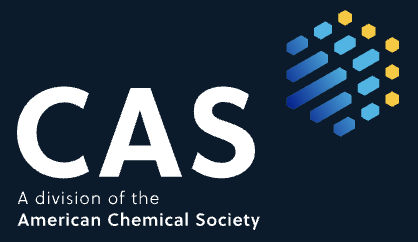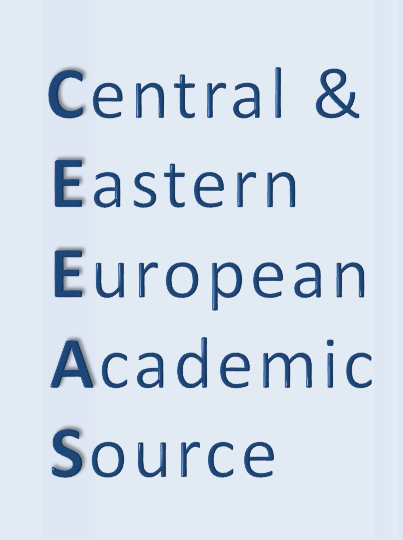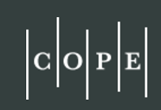Comparison of Invasive and Non-Invasive Mechanical Ventilation in COVID-19 Patients Followed with Respiratory Failure
Döndü Genç Moralar, Ülkü Aygen Türkmen, Osman Çelik, Aleaddin Uluç, Serpil Şehirlioğlu ŞahinDepartment of Anesthesia and Reanimation, University of Health Sciences, Gaziosmanpaşa Training and Research Hospital, İstanbul, TürkiyeINTRODUCTION: The most important complication associated with coronavirus disease-19 (COVID-19) is respiratory failure, which requires mechanical ventilation. The aim of our study is to evaluate the effectiveness of the use of invasive and non-invasive mechanical ventilation (NIV) on oxygenation in patients with COVID-19 who had respiratory failure and needed ventilation support.
METHODS: According to the ventilation support used, the patients were divided into two groups: Those for whom NIV was initially preferred (n=48) and those who were initially intubated and received invasive mechanical ventilation (n=50). Arterial blood gas analyzes of the patients were evaluated. The changes in oxygenation and ventilation, the incidence of complications such as hypotension and hypertension, and mortality rates were compared.
RESULTS: The partial arterial oxygen pressure (PaO2) values were similar during the follow-up of the patients who were initiated on treatment with NIV and those who were initiated on treatment with invasive mechanical ventilation. However, the survival rate was higher in the patients who were initiated on treatment with non-invasive mechanical ventilation. It was remarkable that the partial arterial carbon dioxide pressure value was higher in the invasive mechanical ventilation group than in the NIV group. The incidence of complications such as hypotension or hypertension was less in the non-invasive mechanical ventilation group.
DISCUSSION AND CONCLUSION: Although PaO2 values are similar, it was found that the survival rate was higher and the complication rate was lower in the patients for whom NIV was preferred. Therefore, we think that NIV should be preferred as much as possible.
Solunum Yetmezliği ile Takip Edilen COVID-19 Hastalarında İnvaziv ve Noninvaziv Mekanik Ventilasyon Uygulamasının Karşılaştırılması
Döndü Genç Moralar, Ülkü Aygen Türkmen, Osman Çelik, Aleaddin Uluç, Serpil Şehirlioğlu ŞahinSağlık Bilimleri Üniversitesi, Gaziosmanpaşa Eğitim ve Araştırma Hastanesi, Anestezi ve Reanimasyon Kliniği, İstanbulGİRİŞ ve AMAÇ: COVID-19 ile ilişkili en önemli komplikasyon, mekanik ventilasyon gerektiren solunum yetmezliğidir. Çalışmamızın amacı, solunum yetmezliği olan ve ventilasyon desteğine ihtiyaç duyulan COVID-19 hastalarında invaziv ve non-invaziv mekanik ventilasyon kullanımının oksijenizasyon üzerindeki etkinliğini değerlendirmektir.
YÖNTEM ve GEREÇLER: Kullanılan ventilasyon desteğine göre hastalar, başlangıçta non-invaziv mekanik ventilasyon tercih edilenler (n=48) ve başlangıçta entübe edilerek invaziv mekanik ventilasyon uygulananlar (n=50) olmak üzere iki gruba ayrıldı. Hastaların arteriyel kan gazı analizleri değerlendirildi. Oksijenizasyon ve ventilasyondaki değişiklikler, hipotansiyon ve hipertansiyon gibi komplikasyonların görülme sıklığı ve ölüm oranları karşılaştırıldı.
BULGULAR: Non-invaziv ve invaziv mekanik ventilasyon ile tedaviye başlanan hastaların takiplerinde parsiyel arteriyel oksijen basıncı (PaO2) değerleri benzerdi. Ancak noninvaziv mekanik ventilasyon ile tedaviye başlanan hastalarda sağkalım oranı daha yüksekti. Parsiyel arteriyel karbondioksit basıncı (PaCO2) değerinin invaziv mekanik ventilasyon grubunda noninvaziv mekanik ventilasyon grubuna göre daha yüksek olması dikkat çekiciydi. Noninvaziv mekanik ventilasyon grubunda hipotansiyon veya hipertansiyon gibi komplikasyon insidansı daha azdı.
TARTIŞMA ve SONUÇ: Her iki grupta PaO2 değerleri benzer olmakla birlikte noninvaziv ventilasyon tercih edilen hastalarda sağkalım oranının daha yüksek ve komplikasyon oranının daha düşük olduğu görüldü. Bu nedenle mümkün olduğunca noninvaziv ventilasyonun tercih edilmesi gerektiğini düşünüyoruz.
Manuscript Language: English






















